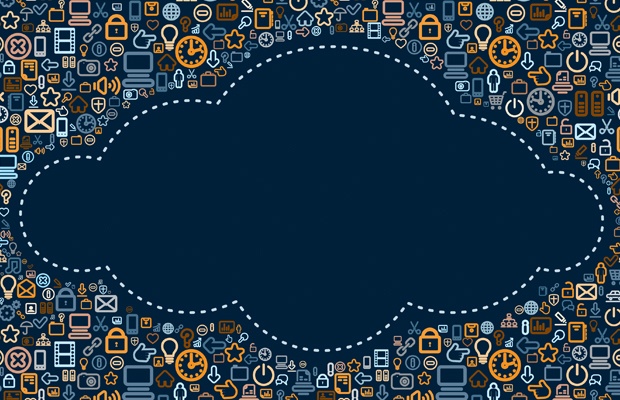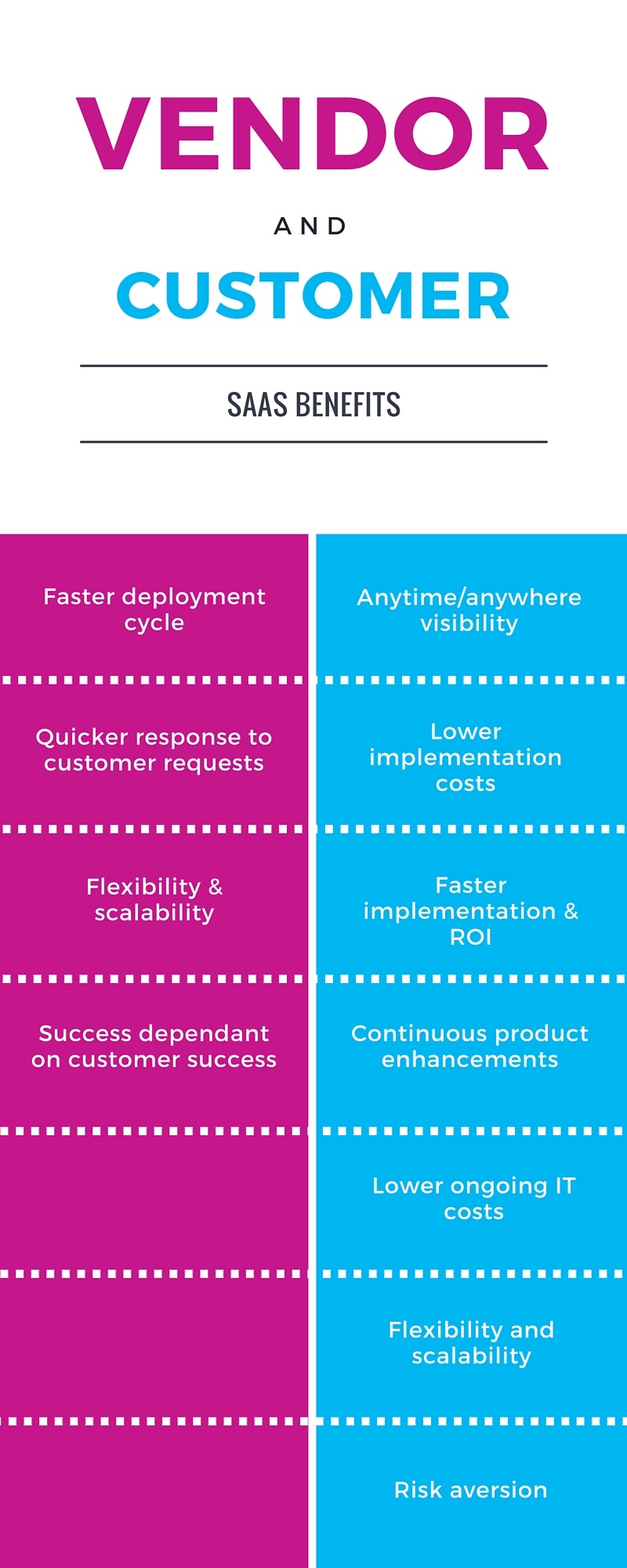
With Forrester research reporting global SaaS revenues forecast to reach $106B in 2016, an increase of 21% over projected 2015 spending levels, there is no doubting SaaS’s popularity. But does that make it better than traditional software?
SaaS offers clear benefits to both the customer and vendor.
When SaaS is more cost-effective and streamlined it’s hard to argue not making the switch from traditional software. How often have companies had to build and manage IT infrastructure, then buy expensive software licenses on top, it becomes obsolete and your problems and costs grow again. You become stuck in a continuous cycle of strain for your IT team and structure.
So what’s so good about SaaS?
 Ease of adoption
Ease of adoption
Since SaaS applications are web-based, they tend to have higher adoption rates and lower learning curves.
Lower costs
As SaaS is usually subscription-based it includes upgrades, maintenance and some support. SaaS subscriptions are usually charged in smaller recurring charges rather than having a large up-front cost.
Freedom of contract
Customers usually have fixed-term SaaS subscription. This means that providers have to work harder to deliver great experiences, best in-class products and always keep the customer engaged and satisfied.
Rapid go-live
As all you need to access the software is a web browser, you are ready to go immediately. Unlike traditional software which can take weeks or months to deploy.
Continual upgrades, IT Infrastructure delivered seamlessly
Your SaaS provider will manage all of your updates and upgrades, ensuring your software and hardware has excellent performance levels.
Safe and sound
All your data is backed up and restored for you and your infrastructure, maintenance, performance and scale is managed for you. This can be kept across multiple datacenters in multiple locations, and will remain safe even in the event of a major disaster.
Connectivity to other applications
SaaS allows you to easily capitalise on multiple systems inside and outside of your organization via easy to use integration platforms, so you can connect marketing, sales, support and other services to help you streamline your business.
Work anytime, anywhere
As your SaaS applications can be accessed from any device that has an internet connection, your workforce always has their tools at their fingertips. It is also a benefit to virtual teams and organisations with globally dispersed staff or teams.
 These are some compelling reasons as to what questions you should also be asking of SaaS?
These are some compelling reasons as to what questions you should also be asking of SaaS?
If you were to part way with your SaaS provider or should your provider go out of business what happens to your data? Can it be extracted? Will there always be a copy? And can you import it into another system?
IT compliance issues
As some industries have compliance requirements for data protection and security you must make sure that the SaaS provider meets these needs.
Connectivity to other applications
Whilst mentioned as a positive it can also be a negative. Valuable enterprise data can quickly build up in a “cloud silo” without an effective strategy for integration with other applications.
Conclusion
With clear benefits for both Vendor and Customer and with its ability to solve the problems it has created, particularly around integration, you can see why not only SaaS is here to stay but why it’s growth will sustain.



